Drummers and dancers gather on Sunday afternoon at Malcolm X Park to ignite the lawns and gardens with percussion and movement.
The park’s half-century-old drum circle has become one of the District’s sustained traditions, with participants now extending their skills into classrooms and workshops.
The park overlooks the District perched on one of D.C.’s highest points. It was laid out in the early 1900s as Meridian Hill Park.
In 1804, President Thomas Jefferson first called the area Meridian Hill, named for the White House meridian line first surveyed by Andrew Ellicott and Benjamin Banneker, who mapped Washington, D.C.
Officially, it’s still Meridian Hill Park. To but to many Washingtonians, it’s Malcolm X Park.
In 1969, Angela Davis held a rally, calling for the park to be renamed Malcolm X Park following Malcolm X’s assassination. A few years later, the drum circle began meeting regularly.
Ngoma’s legacy.
Kwame William H. Caudle Babalu remembers the early years of the drum circle vividly. He said he came up in D.C.’s revolutionary 1970s, when the District was known as Chocolate City.
Caudle said he learned drumming in the park from master drummer Baba Ngoma, the man he credits as the drum circle’s first leader.
“Baba Ngoma always went to Malcolm X Park,” Caudle said. “Right after the death of Malcolm X, Baba Ngoma was playing drum prayers early in the morning.”
On those Sunday’s, Caudle remembers waiting in silence until Ngoma finished playing. Only then, could a student speak.
“That’s how you learned,” Caudle said. “You watched. You earned your part.”
Ngoma was deeply tied to D.C.’s Black consciousness movement, Caudle said. Schools in the District sent him to Kenya, where he had a spiritual reading and came back as Baba Ngoma, and instructed at the African Heritage Dancers and Drummers — one of his students being Caudle.
Caudle said the circle first met on the Euclid Street side of the park before moving into the main lawn. The site once served as a Civil War fort, according to the National Park Service, which inspired regulars to call it “the sentry hub.”
“There was a sentry post,” Caudle said. “And Baba Ngoma would do prayer and libation for El Hajj Malik Shabazz (Malcolm X) and all of the ancestors.”
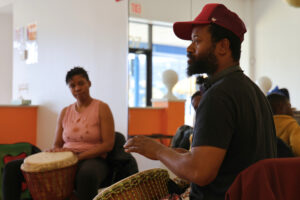
A libation is a ritual pouring of water in remembrance of the dead.
The circle grows.
Kevin Lambert said he started coming to the circle shortly after he moved to D.C. in 1990.
“It was a little more spiritual than it is now,” Lambert said. “It started in the 1960s with Black nationalism and movements, so there was a definite political and spiritual edge to it.”
He said he first stumbled onto the circle by chance after passing by one Sunday afternoon and hearing the congas.
“By gosh, there were about 20 guys playing drums. I figured that Chocolate City would have a drum circle, and I finally sort of stumbled onto it,” Lambert said.
At the time, the circle’s leadership centered around Barnett Williams, a master drummer and longtime percussionist who played with Gil Scott-Heron and The Last Poets, Lambert said.
Williams “was a man of deep respect. He finally said, ‘Okay, guys, shut up — this man knows what he’s doing,’ and that opened the door for me,” Lambert said.
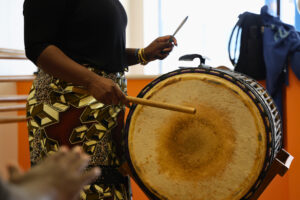
When Williams died in 2006, Lambert said he feared the circle would end.
“We didn’t have anyone to keep it right,” he said. “But other people stepped into the breach — and then we realized the breach didn’t really have to be stepped into.”
Over time, the circle became more open and community –based.
Drumming as oral history.
Healing through drumming drives Yuma “Docta Yew” Bellomee, who founded the Ni Dembaya African Drum and Dance Ensemble. The group brings African drum and dance traditions into workshops and schools across the D.C. area, Bellomee said.
Bellomee said he used to drum at Malcolm X Park but now spends his time teaching others.
“It connects us to the cultures that we were disconnected from through the enslavement process,” Bellomee said. “The vibration, the rhythm of the drum, it moves energy inside of the body. It helps with self expression… helps to alleviate stress.”
That continuation is felt deeply by Jordyn Pigott, a dancer who first learned West African dance as a child and later joined Ni Dembaya under Bellomee’s guidance.
“So physically and mentally, I feel a lot of healing coming to this space,” she said. “Get away from the D.C. hustle, the stress, the political climate.”
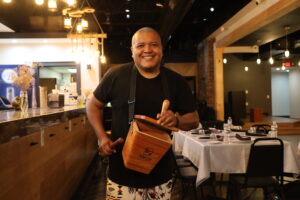
Across the DMV.
Drumming across the DMV extends far beyond the park. Afro-Peruvian artist Andrés Arévalo instructs dancers to sync to the rhythms of the cajón and cajita, adding to D.C.’s drum culture.
“It’s about remembering our African roots, our history, our families,” Arévalo said.
The Peruvian percussionist said his drum of choice, the cajita, evolved from a church collection box, to an instrument.
“It was creativity from the Afro-Peruvians,” he said. “They found a stick, and they started to make music.”
Arévalo runs the Peru Folklore Arts School, teaching traditional Peruvian dance classes to his drumming.
“This music is enjoyable for everyone,” Arévalo said. “If I can teach two thousand people to dance together… to feel that rhythm … that is the dream.”
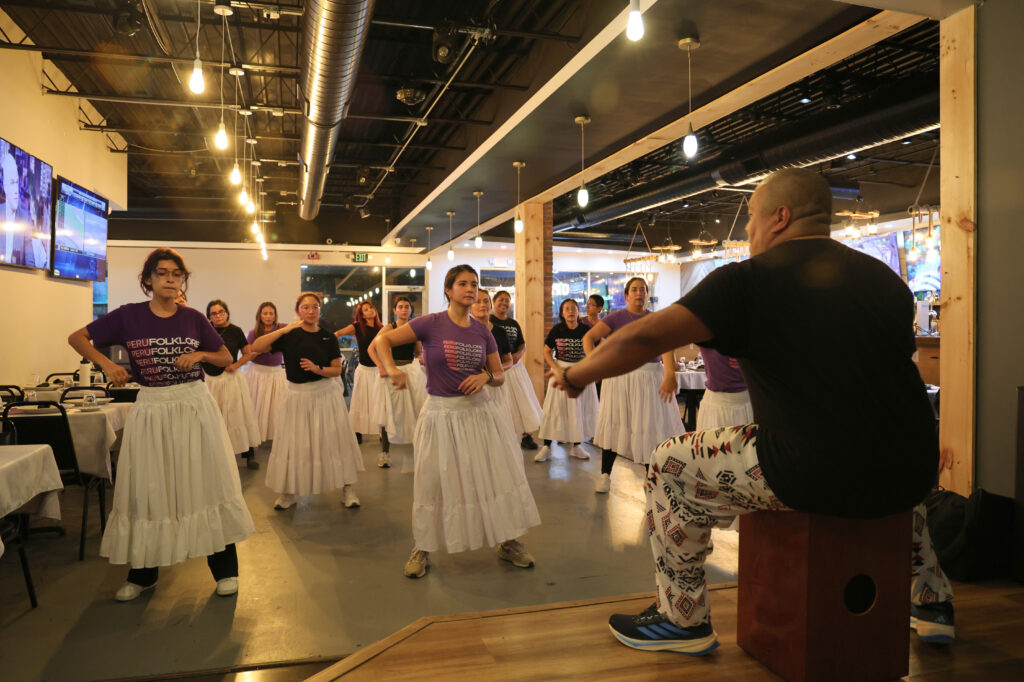

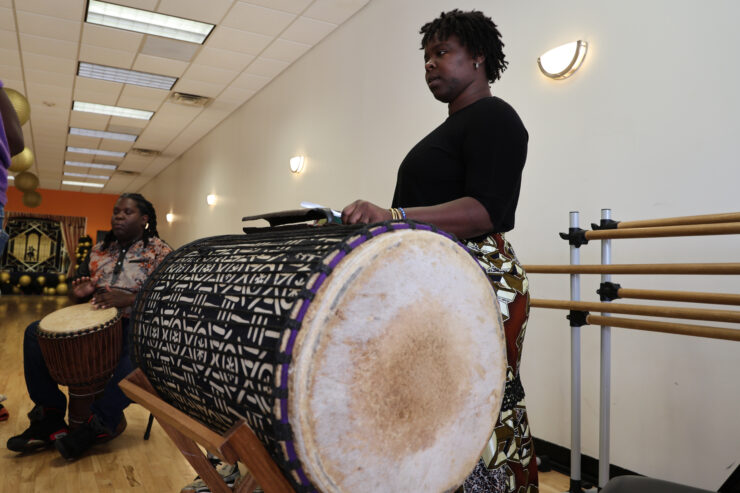
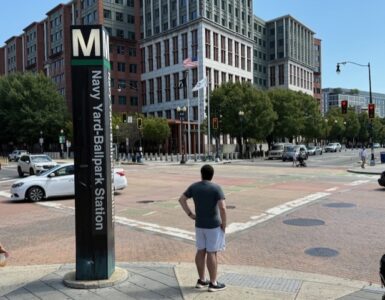
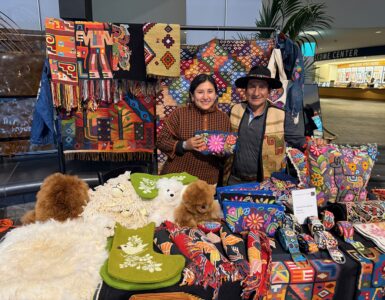
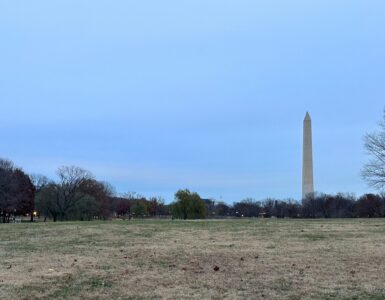










Add comment